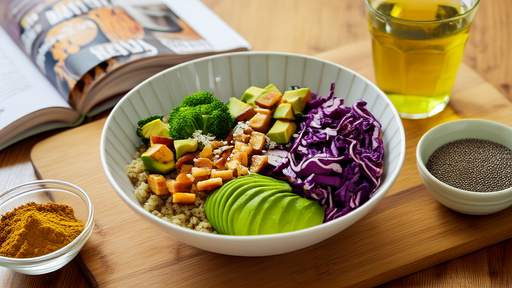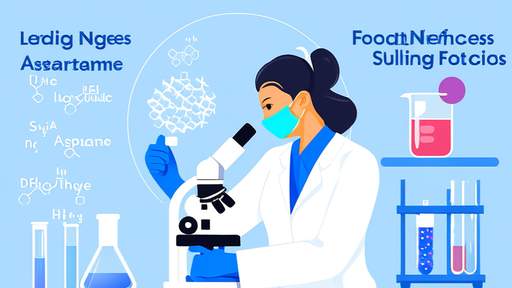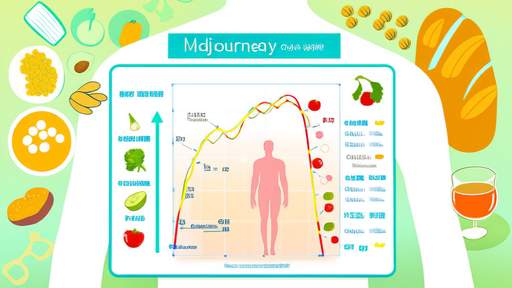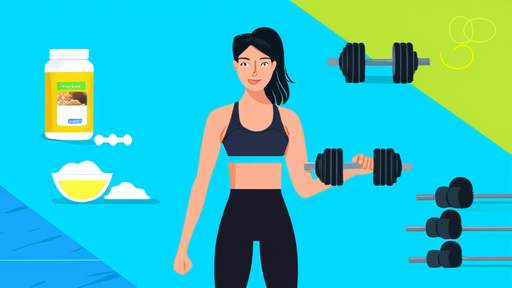The grocery store aisle presents a minefield of choices for health-conscious consumers. Colorful packaging adorned with buzzwords like "natural," "organic," and "low-fat" beckon from every shelf, promising better nutrition and improved well-being. Yet behind these carefully crafted facades often lurk products far less wholesome than their marketing suggests. Food manufacturers have mastered the art of nutritional misdirection, using labeling loopholes and psychological triggers to turn questionable ingredients into apparent health foods.
The illusion begins with serving size manipulation, a tactic so prevalent it borders on industry standard. That bag of chips boasting only 150 calories per serving seems reasonable until you realize the manufacturer considers a single serving to be about 12 chips. The protein bar wrapped in fitness imagery contains three servings per package, tripling the sugar content most consumers will actually consume in one sitting. These portion distortions allow companies to present appealing numbers on nutrition facts panels while distancing themselves from the reality of how people actually eat their products.
Front-of-package claims represent another battleground where food marketers outmaneuver consumer awareness. A cereal box might scream "Made with Whole Grains!" in bold lettering while containing primarily refined flour. The phrase "no added sugars" doesn't preclude the presence of fruit concentrates packing comparable glycemic impact. Even the term "natural" carries no standardized definition, allowing its application to products containing highly processed ingredients so long as they originated somewhere in nature before extensive industrial modification.
Ingredient lists tell the true story for those who know how to read them. Food scientists have developed countless euphemisms for sugar—evaporated cane juice, organic brown rice syrup, fruit juice concentrate—all designed to keep the sweet stuff from appearing as the first ingredient. "Whole grain" claims often accompany products where whole grains constitute a minor component compared to refined counterparts. The shorter the ingredient list generally indicates a less processed food, yet many "healthy" options stretch to paragraph length with unpronounceable additives performing functional roles from texture modification to shelf life extension.
Nutritional halo effects represent perhaps the most insidious labeling deception. A product bearing a gluten-free certification might lead consumers to assume it's healthier, despite gluten having no nutritional relevance for the 99% of people without celiac disease. Organic cookies still contain sugar and fat in comparable amounts to conventional versions. Vitamin fortification turns sugary cereals into apparent health foods, despite research showing added nutrients often fail to compensate for poor underlying nutritional quality. These psychological associations allow processed foods to borrow credibility from legitimate health concepts.
The supplement industry operates with particular labeling liberties. Terms like "clinically proven" and "doctor recommended" carry no regulatory definitions. Proprietary blends allow companies to hide ingredient quantities behind proprietary formulations. Percentages of daily values appear impressive until consumers realize many are based on outdated or industry-friendly standards. Even third-party verification seals sometimes originate from organizations with financial ties to the companies they certify, creating circular systems of apparent validation.
Regulatory gaps enable much of this deception. Food labeling standards haven't kept pace with nutritional science or marketing sophistication. Serving size regulations often reflect unrealistic consumption patterns. Definitional voids around terms like "natural" and "artisan" permit creative interpretation. Front-of-package disclosures compete for attention against much larger marketing claims. While some countries have implemented stricter labeling laws—like Chile's black stop signs on high-sugar foods—many regions rely on industry self-regulation with predictable results.
Consumer protection advocates push for clearer labeling standards, but progress meets fierce industry resistance. Proposed changes like clearer added sugar disclosures and updated serving size requirements face lobbying campaigns emphasizing consumer choice and industry flexibility. Some companies have voluntarily adopted simplified labeling initiatives, though these often appear on products already positioned as health-conscious rather than problematic offerings most needing transparency.
The solution lies somewhere between sharper consumer awareness and stronger regulatory frameworks. Learning to decode nutrition labels represents an essential modern life skill—looking past marketing claims to examine serving sizes, ingredient order, and sugar aliases. Supporting labeling reform initiatives can help create systems where healthy choices become default rather than detective work. Until then, the grocery store remains a landscape where attractive packaging often conceals less wholesome realities, and true nutritional value hides in the fine print most consumers never scrutinize.

By /Jun 5, 2025

By /Jun 5, 2025

By /Jun 5, 2025

By /Jun 5, 2025

By /Jun 5, 2025

By /Jun 5, 2025

By /Jun 5, 2025

By /Jun 5, 2025

By /Jun 5, 2025

By /Jun 5, 2025

By /Jun 5, 2025

By /Jun 5, 2025

By /Jun 5, 2025

By /Jun 5, 2025

By /Jun 5, 2025

By /Jun 5, 2025

By /Jun 5, 2025

By /Jun 5, 2025

By /Jun 5, 2025

By /Jun 5, 2025